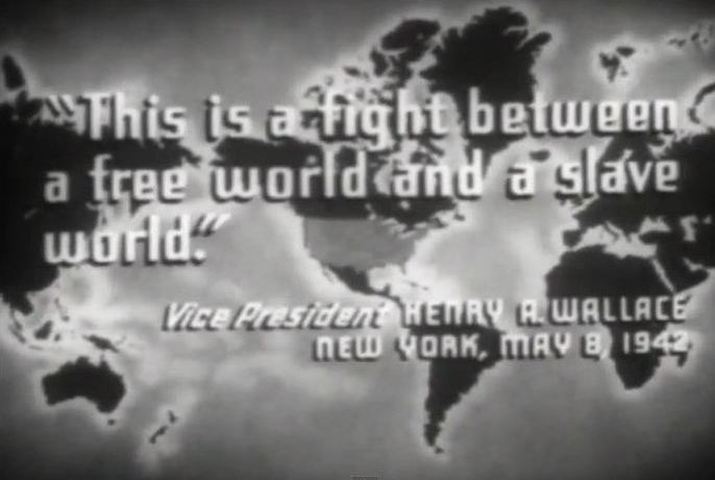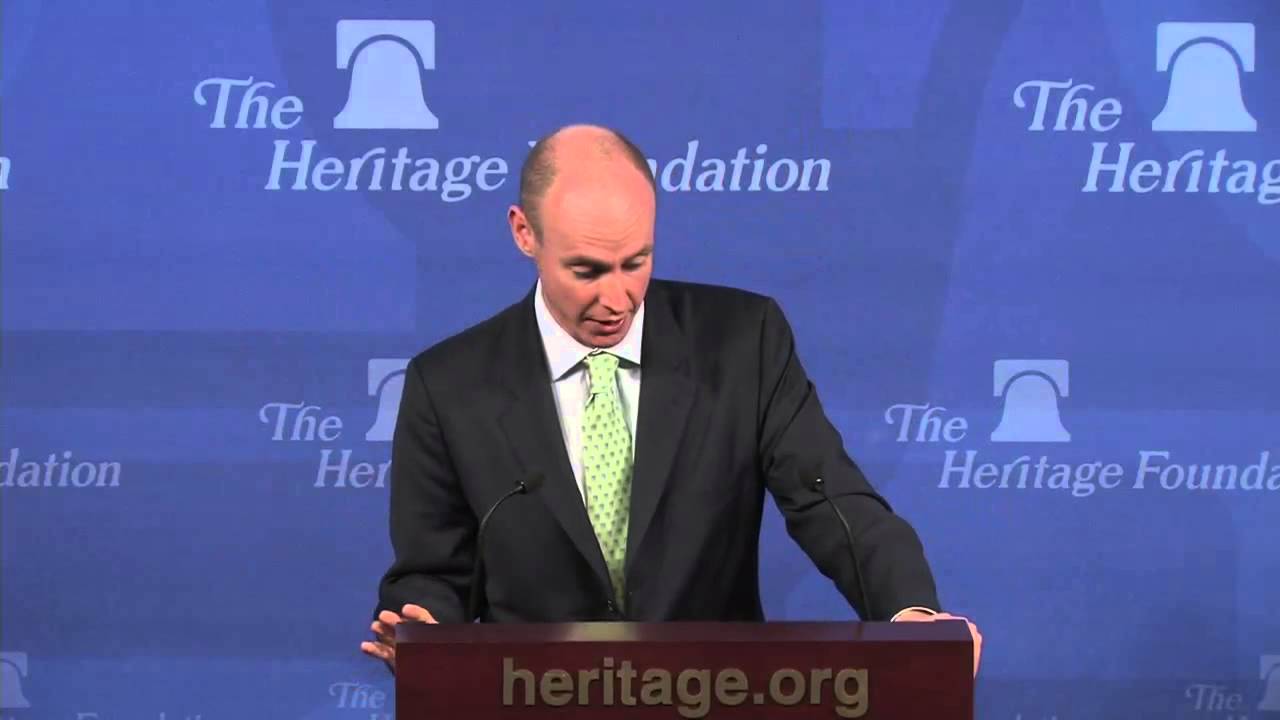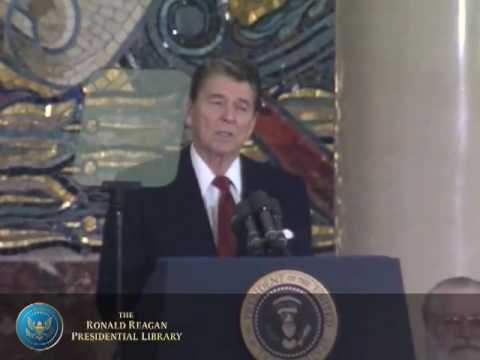.
What is Western civilization? Different nations and peoples may define aspects of it differently, but there are several general commonalities that undergird most nations that are considered “Western.” Most often, to one degree or another, to live in the West means nations that respect your right to live your life as you see fit, to participate in government, to speak freely, and to have your property protected under law. More specifically, living in the West generally means:
- An adherence or respect for the principles articulated in the six documents that SaveTheWest.com founder Kenneth Abramowitz identified (here), ranging from the Magna Carta to the U.S. Constitution.
- Separation of religion and state.
- Individual rights (definitions vary significantly).
- Government possessing limited, articulated powers.
- Freedom of speech, assembly, petitioning government for redress of grievances, to vote, and to run for elected office, regardless of racial, ethnic or gender differences.
- Economic freedom (to one degree or another), including the right to acquire, own and trade private property.
Three ideologies and movements are undermining these principles, eating away at the freedoms we now enjoy, and threatening the existence of Western civilization are:
Socialism: The collective ownership and control of all material values, and how they are produced and distributed, along with deciding how each individual lives his/her life, with whom s/he may trade, and under what conditions. Morally justified as supposedly being for the common good. As in the case of fascism (below), this control is invariably administered but a small group of elected or appointed elites. (See our collection of videos that articulate this ideology and threat here)
Fascism: An elected or self-appointed elite dictate how all the people in a nation live their lives, and conduct their business. Although property is privately owned, it is strictly controlled by the government. All education, communications and arts are dictated by the state. Dissent is destroyed, either by state-directed public ostracization, deportation, or through mass imprisonment, or murder. Morally justified as supposedly being for the common good, often for nationalistic reasons.
Islamism: Based on the most oppressive interpretation of the Qu’ran, a society that makes Islam the dominant force in everyone’s life, and uses fascist principles to dictate all aspects of the individual’s life, and national affairs, ultimately for the purpose of world conquest. Unbelievers are given three choices: convert, submit to a humiliating second-class status, or be murdered. All dissent is crushed. Morally justified as supposedly being to honor the law of Allah (God, in Islam). (See our collection of videos that articulate this ideology and threat here)
The following films, starting with a few that were produced in the 1940s, will help to inform those who were never taught, or have not thought much about these issues. They highlight the fundamental differences between Western civilization, and the threats that it has faced, and currently faces.
.
“Why We Fight: Part 1: Prelude To War” (1943) >>
“Make Mine Freedom” (1948) >>
“Inventing Freedom: How the English-Speaking Peoples Made the Modern World” >>
“President Reagan speech at Moscow State University” (1988) >>
“Liberty: The American Revolution” >>
“I, Pencil” >>
“Why We Fight: Part 1: Prelude To War” (1943)
(53 minutes; Office of War Information, US Government) The first of a series of propaganda films directed by Frank Capra, to define the nature of the conflict between the Allied and Axis powers. Here is a description from Wikipedia (links removed for readability):
“Prelude to War” was the first film of Frank Capra’s “Why We Fight” propaganda film series, commissioned by the Office of War Information (OWI) and George C. Marshall. It was made to convince American troops of the necessity of combating the Axis Powers during World War II. The film was based on the idea that those in the service would be more willing and able fighters if they knew the background and reason for their participation in the war. It was later released to the general American public as a rallying cry for support of the war. In an edit added to the film before public release, a comment by Henry L. Stimson, the Secretary of War at the time, was quoted to create trust with the audience, “the purpose of these films is to give factual information as to the causes, the events leading up to our entry into the war and the principles for which we are fighting.”
 The purpose of the OWI was to use mass communication to sell the war and to define Americans’ perception of the reality of war; therefore, they released Prelude to War to further these goals.[1] The film commences with an explanation of how Americans were brought into the war through heroic motives to protect countries unable to protect themselves. America had this duty to righteousness and Christian values throughout history, according to the values and beliefs set forth by the founding fathers.
The purpose of the OWI was to use mass communication to sell the war and to define Americans’ perception of the reality of war; therefore, they released Prelude to War to further these goals.[1] The film commences with an explanation of how Americans were brought into the war through heroic motives to protect countries unable to protect themselves. America had this duty to righteousness and Christian values throughout history, according to the values and beliefs set forth by the founding fathers.
The documentary makes use of compare and contrast methods throughout the film in order to transmit its heroic message. The primary images used within the film to portray the opponents of America are introduced by Henry Wallace as the “free world” — a brightly illuminated planet of the Allies, and a “slave world” as a planet deep in shadow of the Axis Powers. It examines the differences between this free, democratic state and the slave, fascist state represented by Benito Mussolini, Adolf Hitler and Yamamoto working together as gangsters to conquer the world. In order to do this, Capra made use of footage from Triumph of the Will, but with different narration designed to support the Allied cause.
See the next film in the “Why We Fight” film series here; the rest are nearby, in the right margin.
“Make Mine Freedom” (1948)
(9:30 minutes; produced by Harding College, now Harding University). This animated film defines and contrasts key elements of Western civilization, and communism, in a humorous way. (Note: In response, the USSR produced the anti-U.S., anti-capitalist animated film: “Capitalist Sharks”; more here). Here’s a review from Amazon:
This phenomenal classic animated propaganda film has the basic Cold War anti-communist theme, but talks about it in a unique and entertaining way. A traveling salesman called Dr. Utopia, selling bottles of “ISM” (communism), takes in four unsuspecting dopes who believe his promises about the powers of ISM to solve all their problems. They sample his wares, falling into a waking nightmare where they get a nasty taste of the lack of freedom they would face after relinquishing control over their factories and farms to the parent state. When a lone politician dares speak up, he is brainwashed and later shown with a phonograph for a head that plays “Everything is fine!” over and over. In the end, the character “John Q. Public” declaims about the way communists try to incite race hatred, class warfare, and religious intolerance, and the townspeople drive Dr. Utopia out of town, pelting him with bottles of ISM as he flees. This is must-see vintage animation with hilarious political themes.
“Inventing Freedom: How the English-Speaking Peoples Made the Modern World”
(53 minutes; Heritage Foundation) This is the video of a speech delivered by Daniel Hannon, British author and MP, at the Heritage Foundation, November 2013. From the description, beneath the video here:
In “Inventing Freedom”, Daniel Hannan reflects on the historical origin and spread of the principles that have made America great, and their role in creating a sphere of economic and political liberty that is as crucial as it is imperiled. Hannan argues that the ideas and institutions we consider essential to maintaining and preserving our freedoms — individual rights, private property, the rule of law, and the institutions of representative government — are the legacy of a very specific tradition that was born in England and that we Americans, along with other former British colonies, inherited.
“President Reagan speech at Moscow State University” (1988)
(62 minutes) This speech, delivered on May 31, 1988 was the climax of Reagan’s pro-liberty, anti-communist rhetoric. For much of the previous forty years, Reagan had been a stalwart champion of individual rights, free markets and limited constitutional government – and for bringing the Soviet Union to its knees, without having to go to war. This, however, was the first time that Reagan had the opportunity to take his message directly to the heart of communist indoctrination: Moscow State University, a few weeks before the next generation of societal leaders was about to graduate.
The first half of this video is Reagan’s speech; the remainder is the Q&A with the students.
Here is a more detailed description of this monumental event, from a history-oriented website:
During a visit to the Soviet Union in 1988, President Ronald Reagan, a lifelong anti-communist, met with students at Moscow State University and delivered a stirring plea for democracy and individual rights. He told the students that no nation can thrive without permitting a high degree of freedom – “freedom of thought, freedom of information, freedom of communication.”
As he addressed the students, the president stood underneath a bust of Lenin, the leader of the Russian Revolution, and in front of a mural filled with revolutionary flags of revolution. “Standing here before a mural of your revolution, I want to talk about a very different revolution that is…quietly sweeping the globe, without bloodshed or conflict,” the 77-year-old president said to rows of glowing faces. “It’s been called the…information revolution.” In the future, he declared, economic growth and technological innovation will depend on an entrepreneurial spirit in business and the inventiveness and daring of individuals.
During his speech, the president presented a short course in American history, describing the Declaration of Independence, the U.S. Constitution, trial by jury, freedom of worship and speech, “Freedom,” he said, “is the right to question and change, the established way of doing things.” The students responded enthusiastically. Editorialized the New York Times: “When people some day look back to the milestones of the cold war, they are likely to remember the day Ronald Reagan extolled freedom, while Lenin looked on.”
You will probably never find a more eloquent, spirited or benevolent video description of the structural and philosophical differences between freedom and statism, anywhere.
“Liberty: The American Revolution”
(54 minutes; PBS) This is the first of six episodes of the documentary series of the same title. See episodes 2-6 here. From Wikipedia:
“Liberty! The American Revolution” is a six-hour documentary miniseries about the Revolutionary War, and the instigating factors, that brought about the United States’ independence from the Kingdom of Great Britain. It was first broadcast in 1997.
The series consists of six hour-long episodes. Each episode is introduced by Forrest Sawyer and narrated by Edward Herrmann. Period photographs and location filming are intercut with stage and screen actors in appropriate period costume reading as figures of the time, including Campbell Scott (Thomas Jefferson), Philip Bosco (Benjamin Franklin), Alex Jennings (King George III), Roger Rees (Thomas Payne), Philip Seymour Hoffman (Joseph Plum Martin), Terrence Mann (Gen. John Burgoyne), Colm Feore (Alexander Hamilton), Sebastian Roché (The Marquis de Lafayette), Donna Murphy (Abigail Adams), and Peter Donaldson (John Adams). Stephen Lang read the words of George Washington, but is not seen on camera.
“I, Pencil”
(6:30; CEI) A film from the Competitive Enterprise Institute, adapted from the 1958 essay by Leonard E. Read. For more about “I, Pencil,” visit http://www.ipencilmovie.org.
In summary, one of the stark differences between free societies and unfree ones is that the former recognizes and honors the right and ability of individuals to spontaneously organize to advance their personal and common interests, so long as they are not violating anyone else’s identical rights, in the process. Unfree societies insist on controlling the means of value production and distribution, and dictate who shall be able to participate in this process, and under what terms.
Leonard Reed of the Foundation For Economic Education wrote the essay “I, Pencil,” to articulate this principle, in 1958. In 2012, the CEI co-developed this dynamic 3D animated interpretation of Reed’s essay, for a new generation.
.
.
.
.





